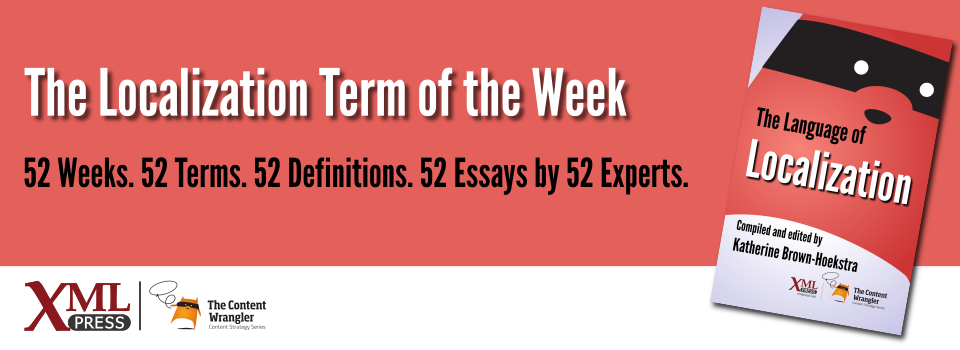What is it?
The process whereby a human translator edits machine-translated output to achieve an acceptable level of quality in the final product.
Why is it important?
Machine translation (MT) is frequently used in the translation industry because of its gains in speed and scale. Yet, there is often a loss in quality. Human post-editing improves MT output, bringing the quality up to acceptable levels.
Why does a technical communicator need to know this?
Post-editing helps to ensure that content translated using MT makes sense in context and is of appropriate quality. Lack of post-editing can result in poor customer experience and even legal issues. If your localization strategy includes MT, it also needs to include guidelines for determining which content requires post-editing and under what circumstances.
Machine translation is used throughout the translation and localization sector on a variety of language pairs and content types. It is especially useful when you need to translate vast amounts of information quickly. The gains in speed and scale, however, are often offset by losses in fidelity and quality.
Practitioners use many tactics to improve MT output:
- properly training and tuning their MT systems
- ensuring that the source text is well-written and conforms to authoring best practices
- leveraging terminology management properly.
Even with these efforts, however, MT output often requires human post-editing to achieve the customer’s desired level of quality.
Localization professionals understand that the finished product must be fit for purpose, and this determines the type of post-editing used. For translations that simply need to be good enough (e.g., internal reports), light post-editing is sufficient. For translations of a publishable quality (e.g., customer-facing documentation or web content), full post-editing is required.
Only rarely can raw MT output be used without any post-editing. Both the quality of the raw MT output and the desired quality of the finished product have an impact on time and cost—factors that have an impact on the success of every localization project[GALA MT][Rowda 2016].
References
- [GALA MT] GALA: Top Resources on MT Quality and Post-Editing: This web page aggregates GALA-global’s top recent content about MT quality and post-editing. Includes multiple videos and articles. Note that some items are member (or paid) access.
- [Rowda 2016] Better, Faster, and More Efficient Post-Editing: Rowda, Juan (2016). GALA article describing post-editing.

